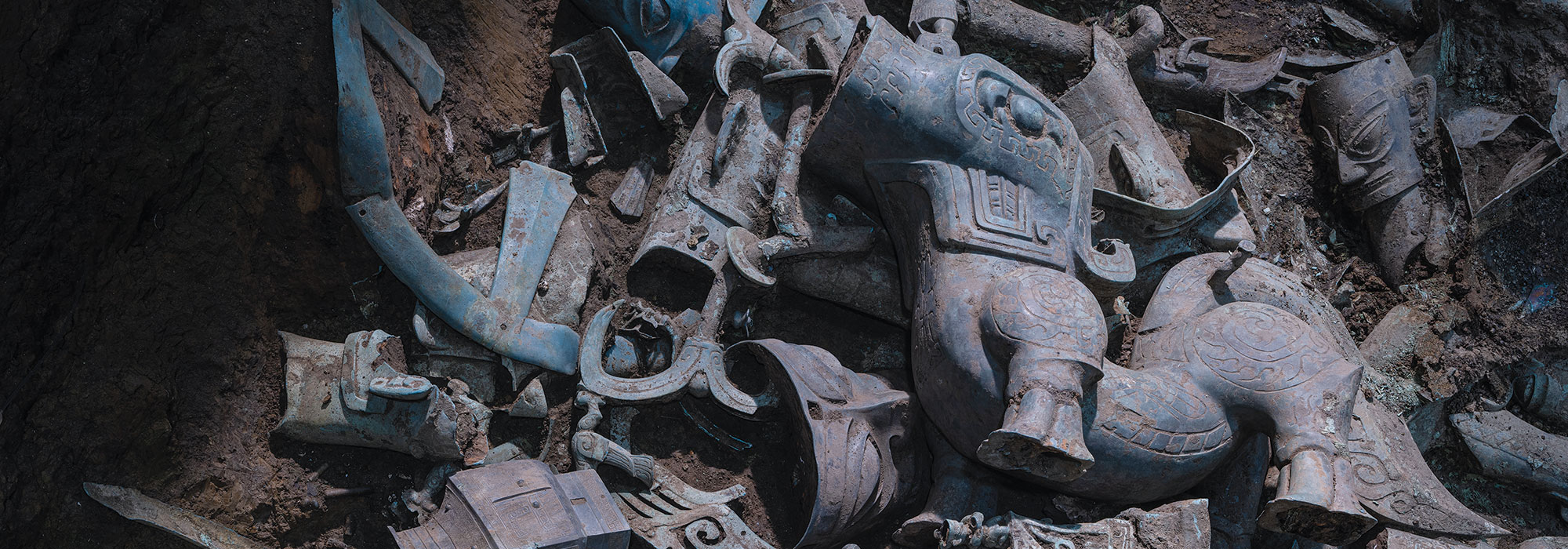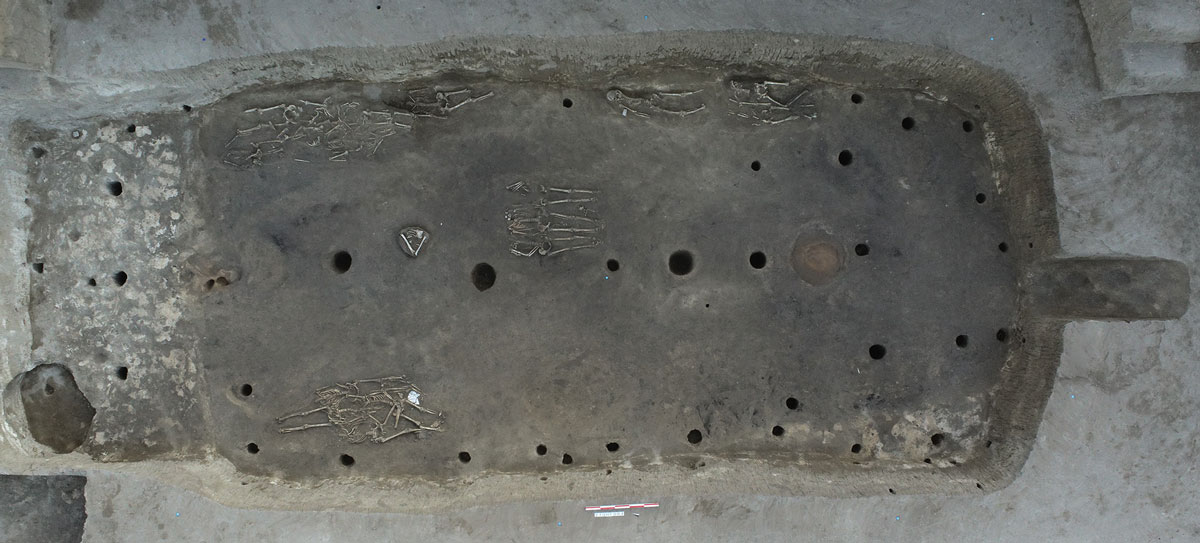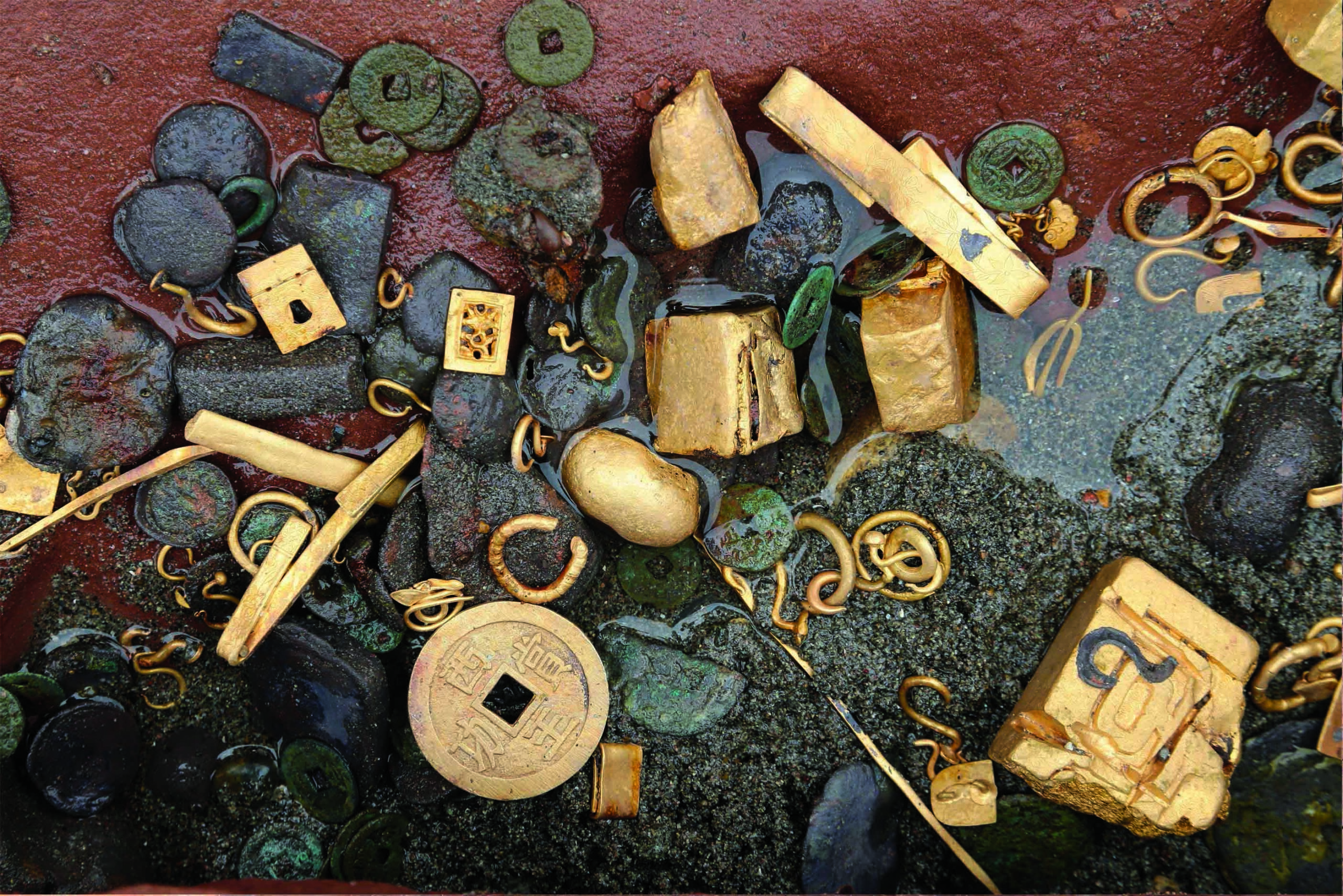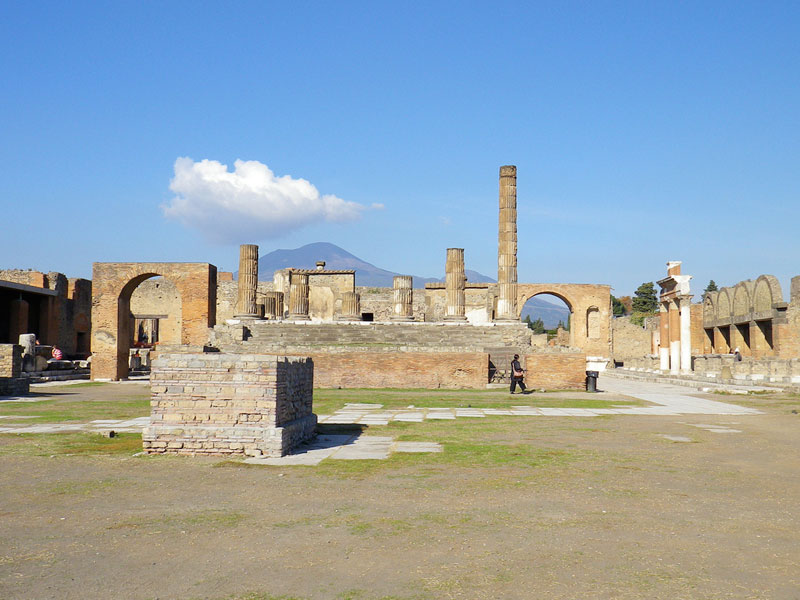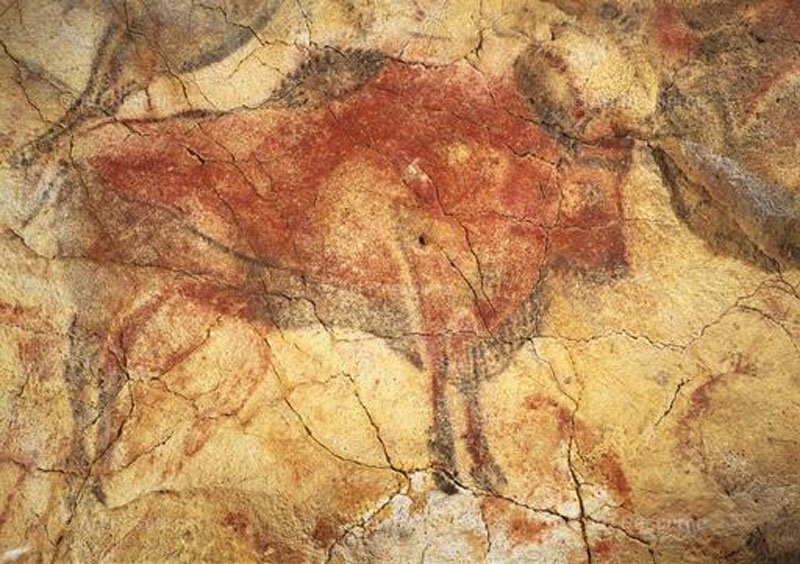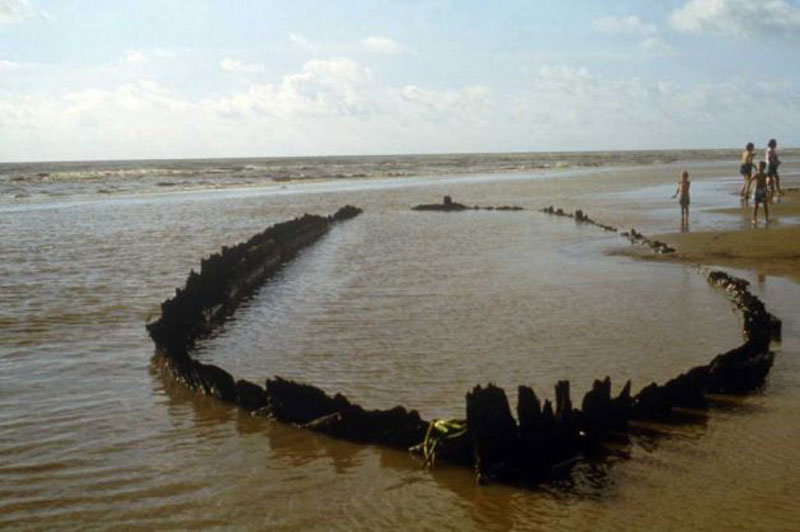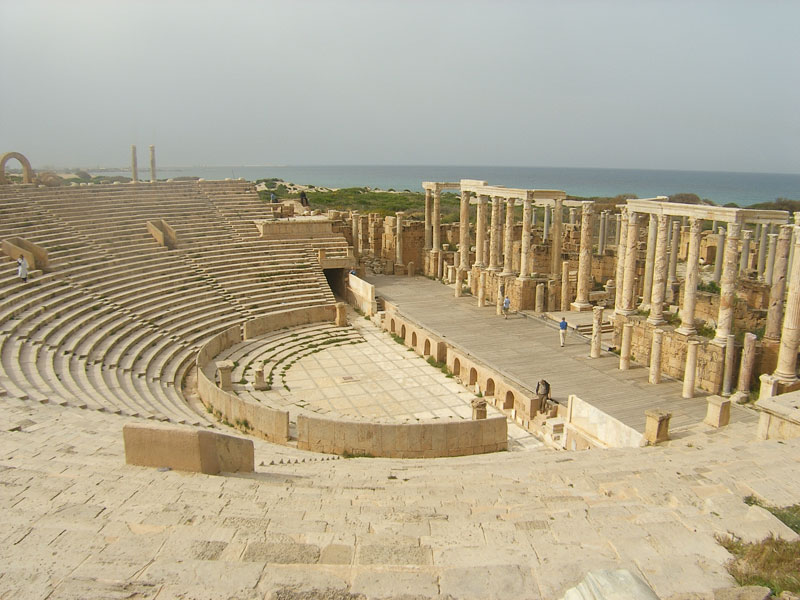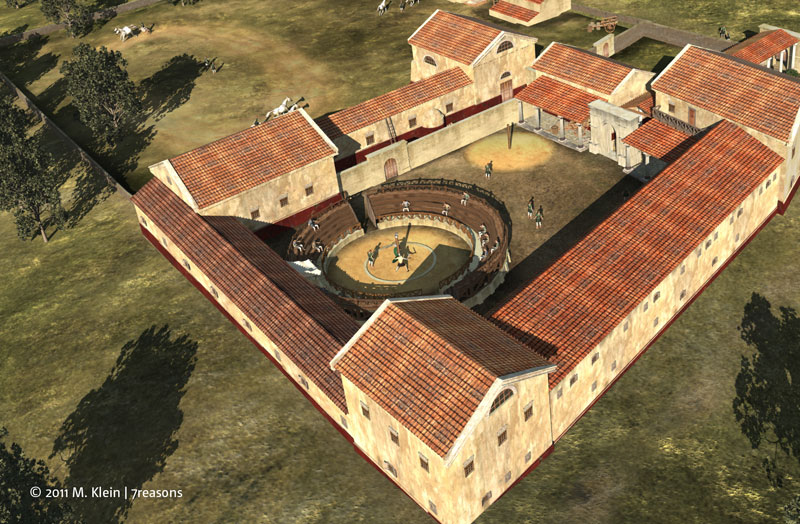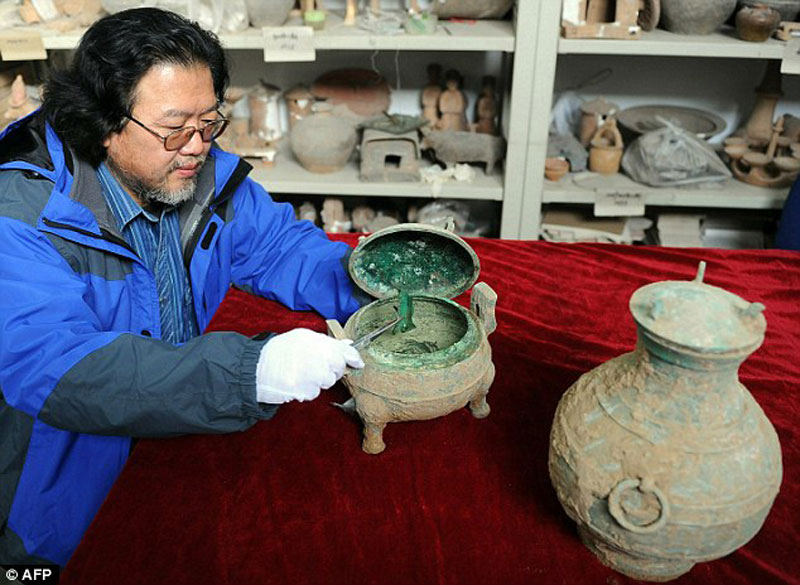
(M. Klein | 7Reasons, Imaginechina)
Today, dog soup and millet noodles may be meals only an archaeologist could love. In two tombs at opposite ends of the country, archaeologists have found the remains of intriguing dishes, well preserved in bronze vessels and clay pots and buried with the dead. In a Warring States tomb in Shaanxi Province, one team found a soup containing what they believe to be dog bones. And in Subeixi Cemetery in Xinjiang, another group of archaeologists found 2,400-year-old intact noodles made of millet. With efforts to re-create the meals, archaeologists may soon be eating like the ancients.


